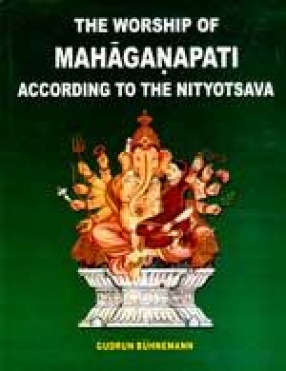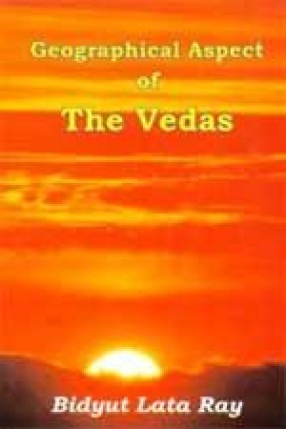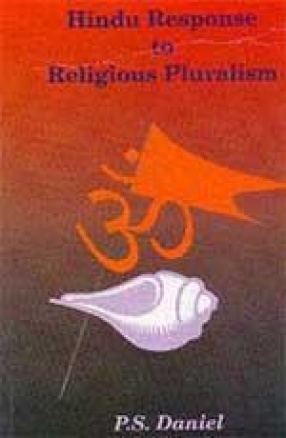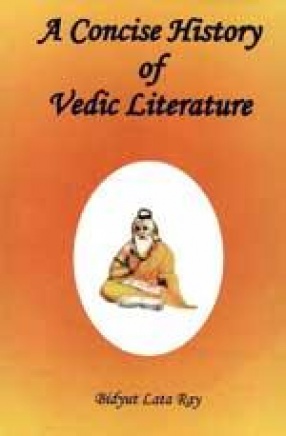
Showing all 11 books








The present study contributes to an understanding of the aims of Tantric puja, which is intentionally hidden from the common man, and about which many strange notions prevails both in India and the West. As an example of regular Tantric puja practices it presents, with an elaborate introduction and commentary, the Sanskrit text and English translation of the second chapter of the Nityotsava. This text was written in 1745 A.D. by Jagannatha Pandita alias ...

The main objective of the present treatise is to uncover the geographical elements underneath the vedic hymns. The vedic literature alongwith its various branches of knowledge adheres to the geography of the world in general and that of India in particular. It is also observed that the knowledge developed after the vedic literature out and out reflects those contained in the four Vedas, viz.-Rg, Sama, Yaju and Atharva. In the present monograph, a benevolent ...

It is often claimed that Hinduism is the most tolerant of all religions and Hindu tolerance is the best answer in fostering peace and harmony in a multi-religious society. The author examines this claim and shows that all the possible responses to religious pluralism are found in Hinduism also. The work is mainly focussed on modern period, but one chapter is devoted to a study of ancient Indian tradition based on selected sacred texts of the Hindus, and ...



Bodhipathapradipa is unanimously construed as the magnum opus among the compositions of Dipankara Srijnana (Atisa). As a religious text composed by a Buddhist mendicant of India as well as Tibet, it reconciles the doctrines of the different schools of Buddhism (Madhyamika Sunyavada, Vijnanavada of Yogacharins and the doctrines of Mahayanic Sutras) in its tenets towards the ealisation of Bodhi or perfect enlightenments. But as Rgveda being a book of hymns of ...

The work is a valuable text of Tantric Buddhism in general and of Sahajayana in Particular. Like all other Tantric Buddhist Diddhas of her age, Laksminkara professed the realisation of the natural and innate proclivities and advocated that Absolute Truth cannot be realised in an inhabitance in solitude in the renunciation of the world and worldly livings, She professed that all-in-Universe and Universe-in-all are one and the same and advised that this Supreme ...


The Vedic literature comprising of the four Vedas, the Samhitas, the Brahmanas, the Aranyakas, the Upanisads and the Sutras serves as the chief source of human knowledge in the most ancient period. It stands as the symbol of our rich cultural heritage. It provides us knowledge in diverse fields like language, literature, tradition, culture, history, sociology, geography, mythology, philosophy, religion, science and technology, phonetics, grammar, etc. Author, who ...

In popular perception, Jagannatha is Krsna -- nay Visnu Himself. He is, thus, not an incarnation (avatara), but Himself the incarnator (avatarin). "Many millions of the avataras emerge out of the body of Jagannatha and get merged again into Him Who is the highest Brahman Himself," sings a later medieval poet of Orissa, while glorifying the Lord. And Jagannatha temple, near the sea-coast of Puri (Orissa), stays not just as one of the greatest religious ...

It present the philosophy of Sri Shankara in a dialogical perspective.
